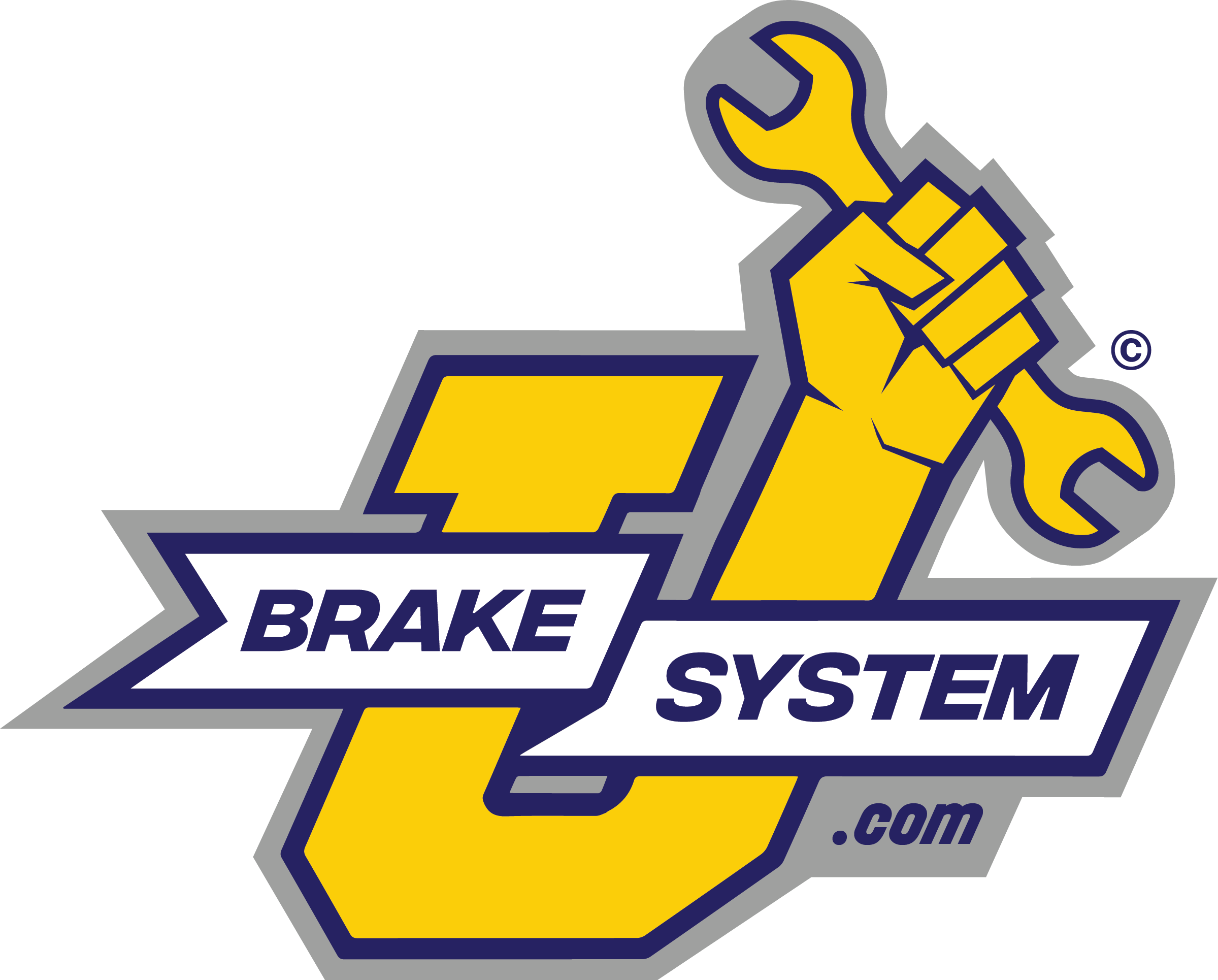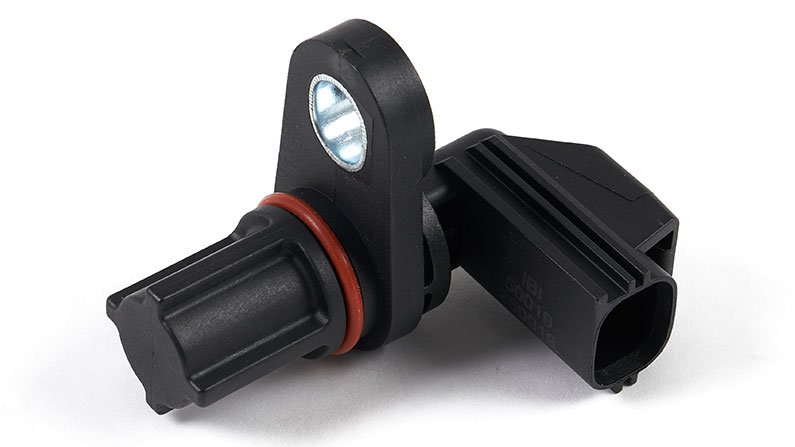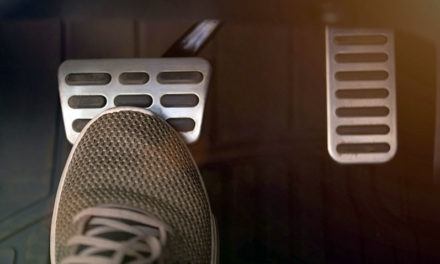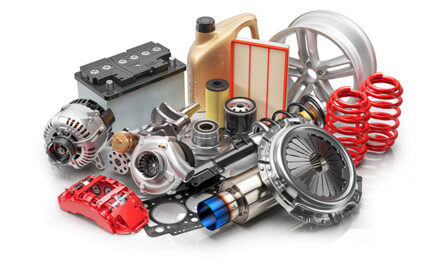Newer model cars have an anti-lock braking system (ABS) for safety purposes. There is an ABS wheel sensor located at the wheel hubs on a vehicle. Their function is to monitor the rotation of each wheel and to then override manual braking of the vehicle in wet or slippery conditions. The ABS sensor also compares the speed of each wheel to each other and it can engage if the wheels are not all turning in continuity.
How do Speed Sensors Generate a Signal?
Speed sensors contain a magnet wrapped in a coil and a sensor ring made with teeth that is mounted around the vehicle’s CV joints. The magnet and the toothed ring create a signal as an electrical field from them contacting each other. The signal measures the number of pulses per second created by the electrical field between the magnet coil and sensor ring. This signal is then converted to a digital signal and sent to the ABS controller. The controller counts the number of pulses to determine the wheel speed and then evaluates whether the ABS system should engage to override manual braking. When the sensor notices that the wheel locks up during hard braking, it will automatically release your brake pressure momentarily and then pump the brakes for you at a very rapid pace. When it engages, the driver will feel it applying the brakes.
Signs of a Failing ABS Speed Sensor
The most common sign of a faulty ABS wheel sensor is that you will see a warning light on your dashboard. You may also have your speedometer disabled and notice that you have lost your anti-lock brakes when the computer in the system turns it off. You may also notice that your wheels lock up in hard braking and you will skid on a wet road or in the mud.
How to Replace an ABS Brake Sensor
Open the vehicle’s hood and take off the negative battery cable from the negative terminal. This action cuts power to the ABS system. Loosen the wheel’s lug nuts with a tire wrench 1/4 turn. Raise the vehicle onto a jack, remove the lug nuts and pull the wheel off the wheel hub assembly. Locate the ABS sensor on the wheel hub. It’s a small black box. Unplug the wires from the ABS sensor, remove the mounting screws and pull the sensor off. Replace the sensor and reverse the steps to complete installation.
The Importance of Quality ABS Brake Sensors
You should always use the highest quality ABS wheel speed sensors, as they are a safety feature for any vehicle. They affect anti-lock brakes (ABS), the traction control system (TCS), the ESP that prevents swerving and skidding, and the hill start assist and adaptive cruise control (ACC). The quality sensors detect wheel speeds as low as 0.1 MPH, detect both forward and backward movements, and have a reduced sensitivity to interference in the electromagnetic field that they produce. Quality sensors will also be made more rugged and waterproof to protect them from moisture, road contaminants, chemicals, and dirt, so they will perform properly for a longer amount of time. The engine wire harness should have a watertight connection to perform properly. It just makes sense to choose quality ABS wheel speed sensors because they are a major component in your safety in any vehicle.










